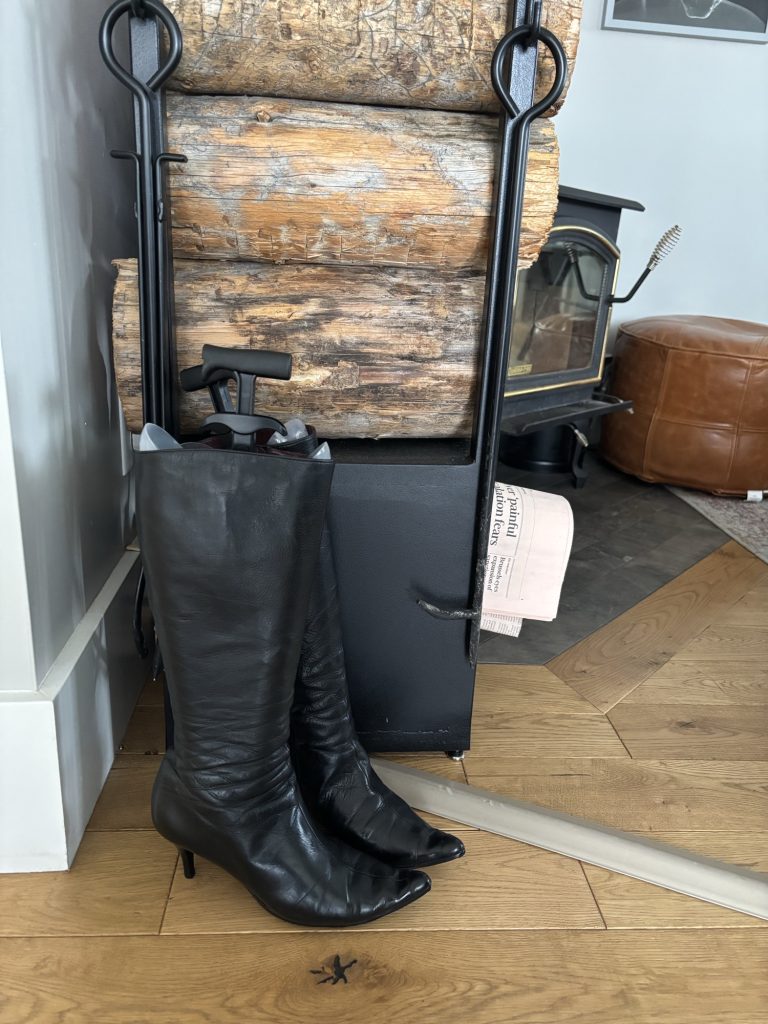I’m with a group of some of my favorite eccentrics. It’s a barn raising kind of vibe as we collect our wits in real life.
It’s a real weird group that operates under Chatham House rules so I’ll keep it to my own experience.
One of my favorite discussions came from a a successful financial executive who farms. He’s an inspiration to anyone who wants to be think about their relationship with the industrial scale world. He came from a family of farmers and returned.
He told a story about how his grandparents farm produced the food that his family ate in as recently as three generations. Now they don’t eat any of the food they produce anymore. It is sold into a systems.
I feel a kinship with this experience as I worked for an American heritage brand that had lost its way but had once dressed a generation of American women living American lives.
When the new president had one firm expectation for the quality of the work our product must demonstrate she had a sins tear. Every one of us needed to make clothing we would wear ourselves.
It was a group of luxury executives so their expectations for style and quality was more LVMH than mall brand. And not did force a higher standard. What could be sold and what we ourselves would wear were entirely different beasts. And we had to build the skills to make the clothing we’d wear as consumers of artisan clothes.
It was not a financial success. Private equity came to eat it. No one I know is still at the brand. But for a brief moment of time we made clothing we’d would want to wear ourselves.

